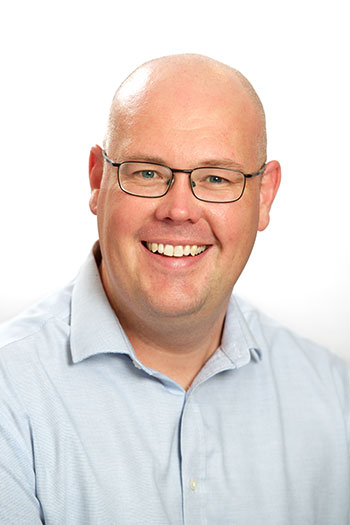Micropollutants can cause significant damage to plants and wildlife if released into the natural environment, which they enter largely via wastewater runoff into water courses. With climate change related incidents such as floods becoming more frequent, this is a growing issue. However, Veolia Water Technologies Ireland (VWT Ireland) has proven solutions. In a virtual event, three of our experts from around the world explored the micropollutant challenges – and what we can do about them.
One presentation was given by Paul Cooper, Municipal Business Development Manager at VWT UK, looking at the issue of pesticides, which is one of the many types of micropollutants present in Irish drinking water. In particular, he focused on the removal of metaldehyde, a key active ingredient in slug pellets, which is absorbed into the soil and filters into the aquifer from which water companies source their supply. He spoke about the dangers of this micropollutant, and how it cannot be removed by conventional water treatment processes.

As the presentation progressed, Cooper highlighted VWT’s Actiflo® as an effective solution, and supported this by walking through a case study at a large water treatment facility in the UK. Here, VWT’s solution drastically reduced micropollutant levels and delivered on the targets that had been set.
We also heard from Phillipe Sauvignet, Industrialisation Manager at VWT Europe, who has a wealth of experience in the development of new water treatment. He looked at the current regulations put forward by the European Union for drinking water, which largely include pesticides, whilst also looking ahead to the future, explaining how a series of other micropollutant molecules will soon be added to the regulations. -png-4.png?width=1230&height=518&name=Blog%20Headers%20(1)-png-4.png)
Sauvignet looked at the different removal options available to water companies – focusing on adsorption methods using activated carbon in particular – and the different factors that must be considered during specification. He also touched on VWT’s new Diabolo scheme, which can assess the performance of facilities with existing carbon reactors, and predict the overall performance, operational lifespan and renewal rate of an activated carbon system. -png-2.png?width=1230&height=518&name=Blog%20Headers%20(2)-png-2.png)
Dr Alain Gadbois from VWT Canada, a Technology Vice-President, used four different case study examples to demonstrate how our technologies can be used to treat micropollutants caused by various industrial processes, such as hydrocarbon oil spills and mine wastewater effluent. While each site had their own unique challenges, they were all impacted by the temperature of Canada’s waters, which settle at around 2°C for large parts of the year. Many water treatment solutions cannot operate at temperatures that low.
For more information on micropollutant treatment, click here.
Tags

Author | Daniel Parry
Daniel spent the first 10 years of his career managing proposals for large EPC (Engineering Procurement & Construction) power projects. Daniel has been with Veolia Water Technologies for 7 years where he has managed the proposals for Industrial and Municipal projects. Daniel also now manages the sales team for Industrial Wastewater opportunities ensuring that Veolia Water Technologies work with each customer to design and deliver the most appropriate solution for their needs.
-3.png)
